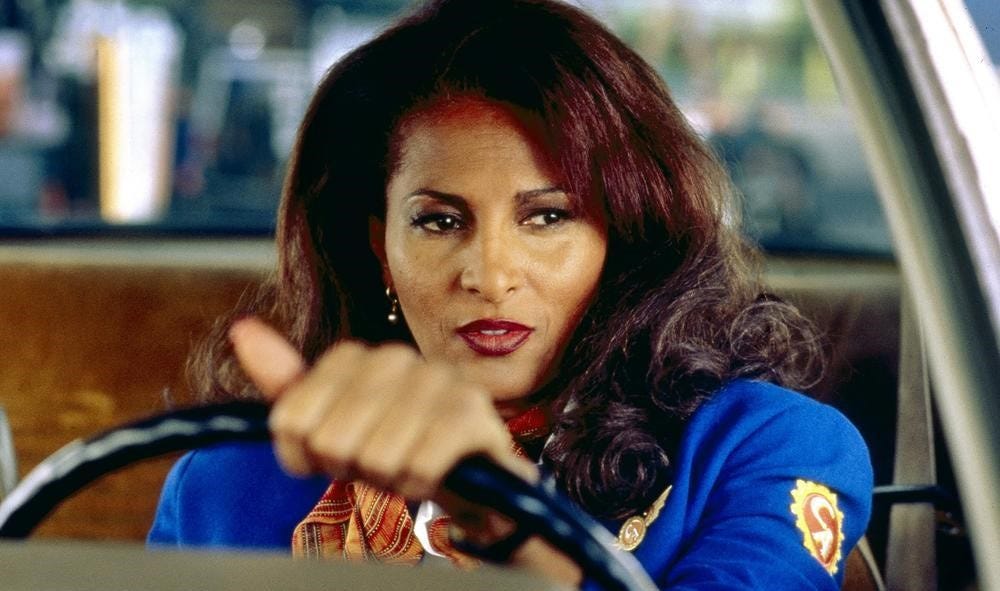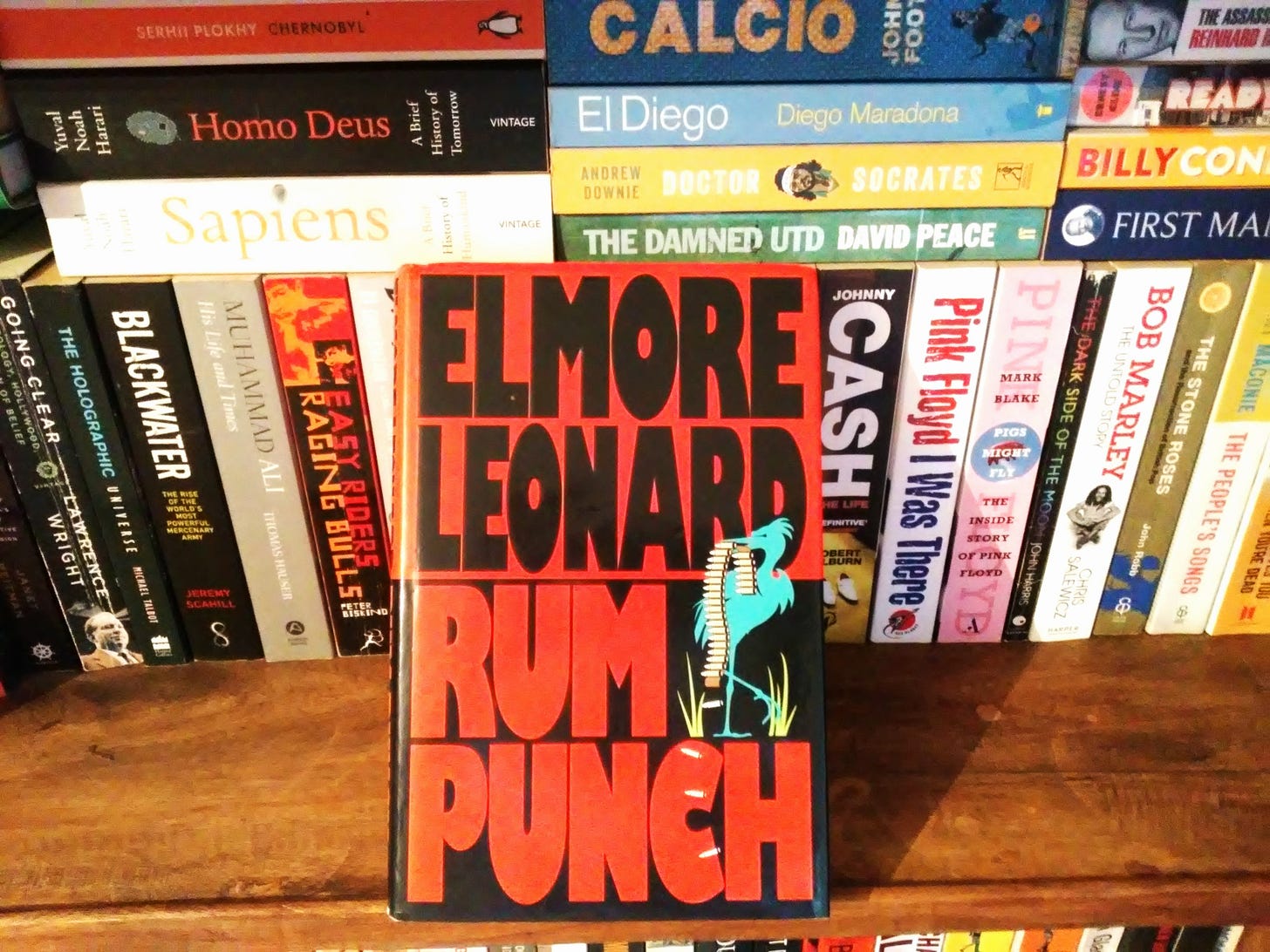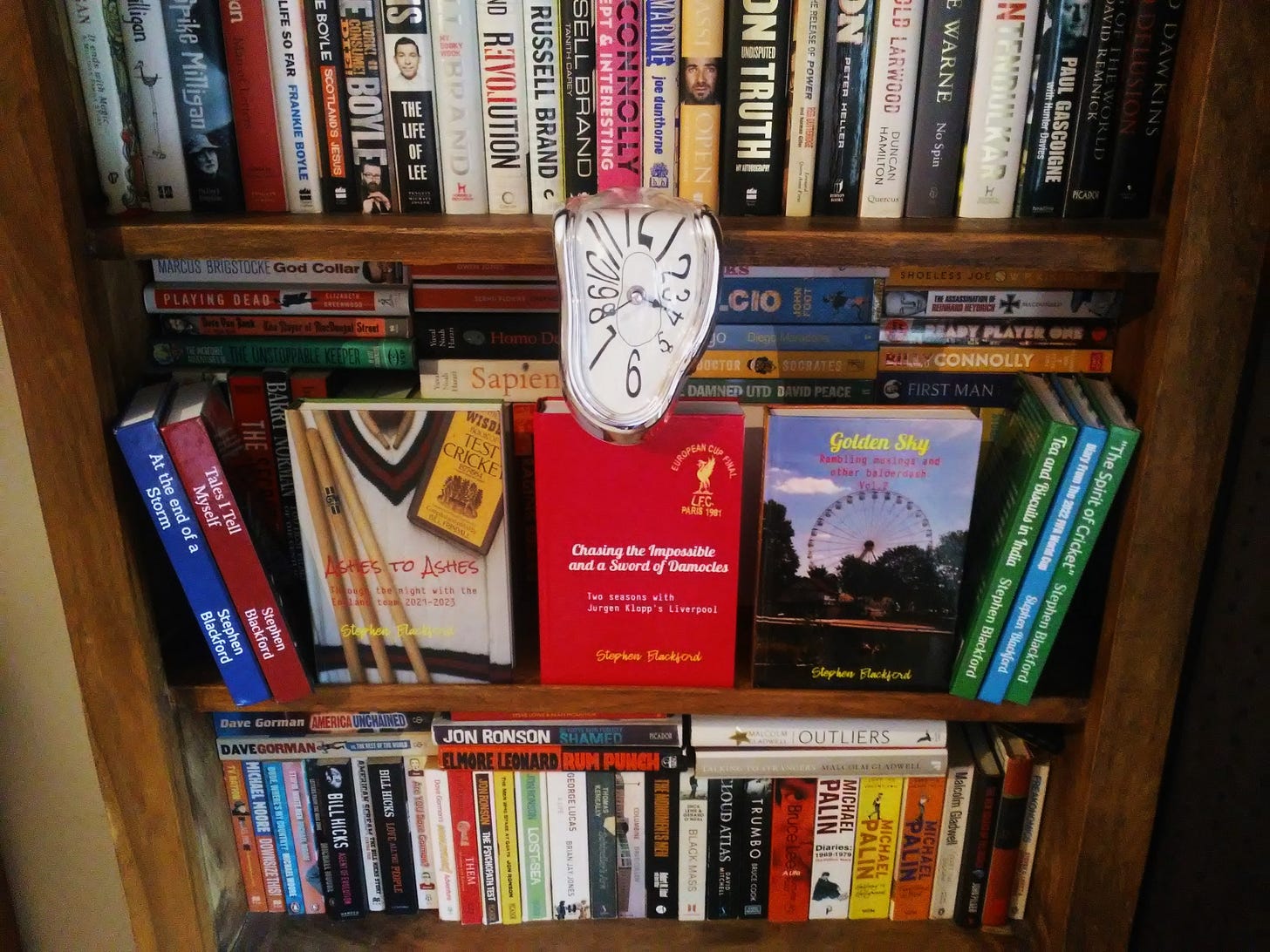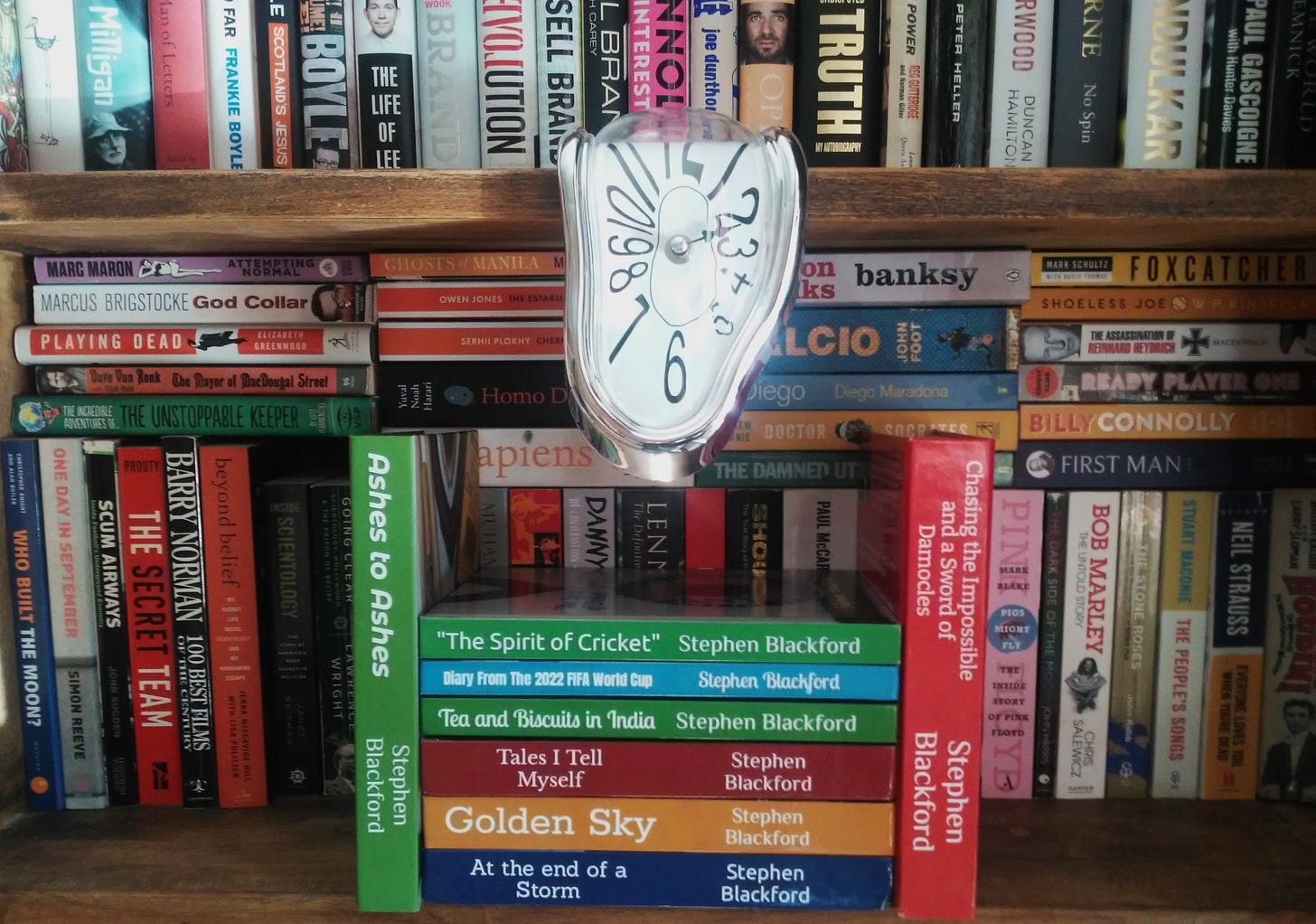
Welcome to the latest in my “Read Along” series of articles on favourite films from yesteryear and I have the very great pleasure of sharing both my written and video thoughts on my favourite Quentin Tarantino movie “Jackie Brown”. Although there are more accomplished films within his three decades long cinematic catalogue (“Pulp Fiction” and “Once Upon a Time in Hollywood” get better and better with each and every viewing) “Jackie Brown” has it all and rather than step on my toes with my spoiler free love-in appreciation that follows shortly, can I instead suggest you read along with me via my Youtube channel video immediately below? Even if I say so myself, it’s one of my better efforts.
Oh, and if you’re not crying by the end of this magnificent film and screaming “DON’T LET HER GO MAX!”, then you have a heart of pure stone!
I hope you enjoy.
“My ass may be dumb. But I ain’t no dumb ass!”
Based on Elmore Leonard’s “Rum Punch” (although Tarantino wrote the screenplay), this is very much his homage to 1970’s cinema and blaxploitation films in particular. As he’s noted several times, these were the films he grew up on, sneaking into dirty Grindhouse cinemas to watch Pam Grier (also referenced in “Reservoir Dogs”) a firm teenage favourite. The first Tarantino film to use a standard linear time line, this remains my personal favourite and considering the love I have for all Tarantino films, this is high praise indeed. It’s my favourite purely because everything is subtle, the comedy is very black, but subtly done in so many distinct ways, the touches and flourishes of Tarantino are very evident, as are the flashbacks and the first split screen narrative. Suffice to say, the characters are rich and detailed and the screenplay is a joy. And although a homage, it’s not overly so, and even subtle in this way too. As with all Tarantino films, the soundtrack from his personal collection is a joy, eclectic, yet often more tender than his previous (and future) films. The first scene and set up magnifies all these, and much more.
The film is book ended by “Across 110th Street” by Bobby Womack, and is played in full both times. Firstly, it accompanies a rolling shot of “Jackie Brown” (Pam Grier) as she makes her way hurriedly to an airport departure gate. Early opening credits are rolled with a nod and homage to Blaxploitation Cinema and as with previous films, the upcoming segments and narratives are titled, such as “Hermosa Beach, California”, “The City of Carson” and “LA International Airport”. By the third of these narratives, all main characters have been introduced and that’s where we’ll start.
Hermosa Beach, California
“Ordell Robbie” (Samuel L Jackson) is a gun selling gangster, eloquent, cocksure and determined that nothing or no-one will prevent him from an early retirement on his awaited profits. As always, Samuel L Jackson brings an unlikeable character to life brilliantly, expertly and the ultimate compliment being that although thoroughly unlikeable you actually like him! Girlfriend “Melanie” (Bridget Fonda) is a stoner, preferring to get high and enjoy life rather than the daily grind. Ordell’s “surfer girl”, this is accentuated by Tarantino often showing only her toes or long legs and this is deliberately done for effect. Brilliantly played by Bridget Fonda, this is also the first character to hint at and indeed accentuate the sexual tension in the film, as her glances and looks at “Louis” testify. Louis is Robert De Niro at his finest. In these early scenes he is virtually mute, either disinterested, uninspired or simply trying to readjust to life outside prison. Often talked at as opposed to being talked to, the opening scene and “Chicks with Guns” is equal parts hilarious, surreal and bizarre.
The City of Carson
Ordell and Louis visit “Max Cherry” (Robert Forster) to secure a bail bond on “Beaumont Livingston” (sublime cameo from Chris Tucker), who’s an employee of Ordell’s. With Louis very much in the background, this is a trademark Tarantino scene, of close ups on photo’s, coffee mugs and other seemingly irrelevant objects. However it’s the framing of Max and Ordell, and the superb performances from Forster and Jackson that are to the fore. Four main camera angles are used, with quick editing between the four raising the tension. Either close up or extreme close up on each of the two characters and a short scene, but this confirms to the audience all we need to know. Samuel L Jackson as Ordell is again superb, smoking nonchalantly without a care in the world, relaxed and unfazed, it’s pitch perfect and reveals a slightly more likeable layer to that of the first scene.
Robert Forster as Max deserves a special mention as, in my humble opinion, it’s the performance of his career. Sublime and never flustered despite the chaos surrounding him, it’s a quiet, composed and assured performance. With little or no real narration in the film, Max (and Forster’s performance) become our story narrator, the film’s soul and reason and deliberately so from writer Tarantino. It’s clear very early on that Max falls in love with Jackie and it is her and her alone that can fluster Max, but more of this later.
Parking Lot, LA International Airport
After Jackie is stopped at the Airport by two ATF (Alcohol, Tobacco and Firearms) Agents, our main cast list is complete. In a supporting role as “Mark Dargus” is Michael Bowen and although a supporting role, this is brought to life excellently as Mark is brooding, antagonistic and arrogant. His Partner “Ray Nicolette” is expertly performed by Michael Keaton. Geeky, amiable, yet falling in love with Jackie, he is equally forceful in his ATF role. Keaton is excellent if a little underused. However, the role was expanded further, but in a different film entirely, as he reprised this role a year later in “Out of Sight” by Steven Soderbergh.
As the title suggests, this is Jackie Brown’s film and Pam Grier carries the film, propels the film and is the heartbeat throughout. The screenplay role was written explicitly for her and her sublime performance justifies this. The shared scenes with Robert Forster are a joy and backed by some of the best music choices in the film. Again, a Tarantino film spills over with great musical choices, but their shared scenes are backed by “Natural High” by Bloodstone and the fantastic “Didn’t I Blow Your Mind This Time” by The Delfonics.
A crime caper, yes. But so, so much more. Subtle and flamboyant, brash and tender. Sexual tensions running high throughout and when released (once) it’s a black comedic highlight of the film!
Who’s playing who?
Who’s falling in love with who?
The follow up film to “Pulp Fiction” was always going to be difficult, nigh on impossible. Not as good as “Pulp Fiction”, but this fan’s favourite.
A triumph and a joy.
“Jackie Brown” also features within volume 3 of my 7 volumes of “Essential Film Reviews Collection” available via Amazon, with all volumes FREE to read if you have an Amazon Kindle “Unlimited” package. Here’s a helpful link to volume 3 together with my 8 self-published books to date which you’ll be unsurprised to learn, are also available via Amazon.
"The Essential Film Reviews Collection Vol.3" - Link to Amazon







